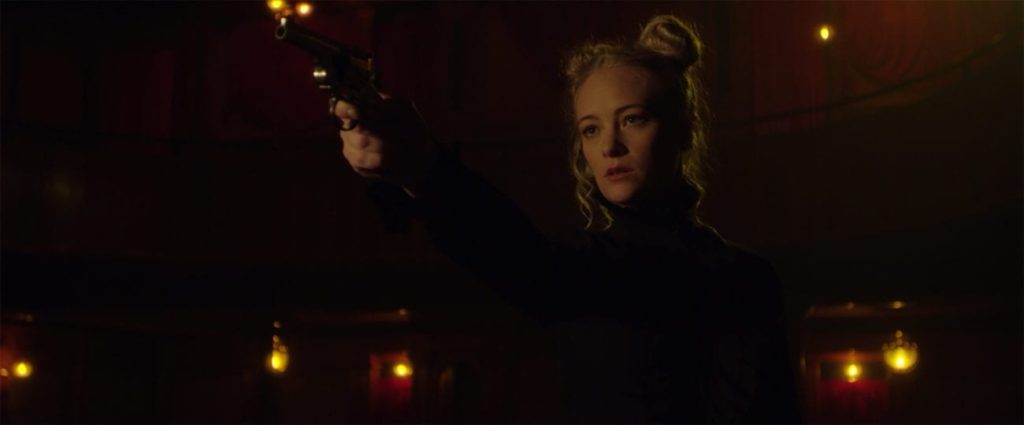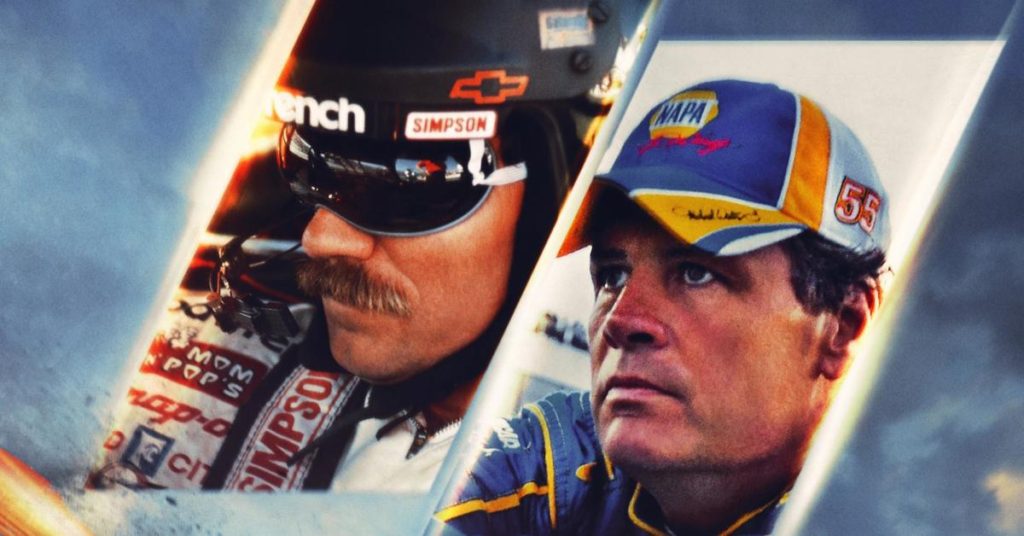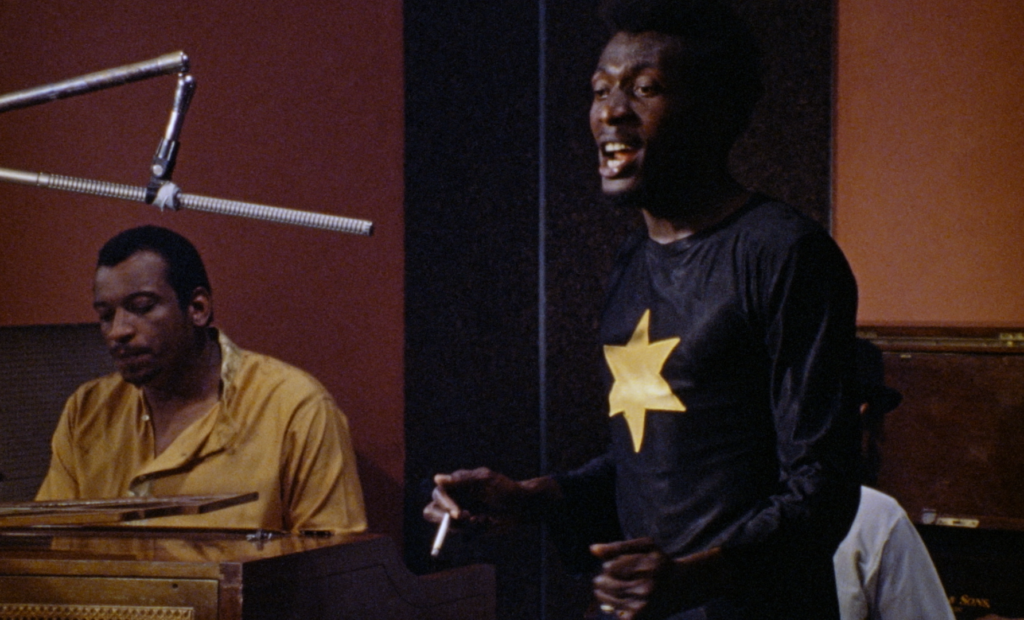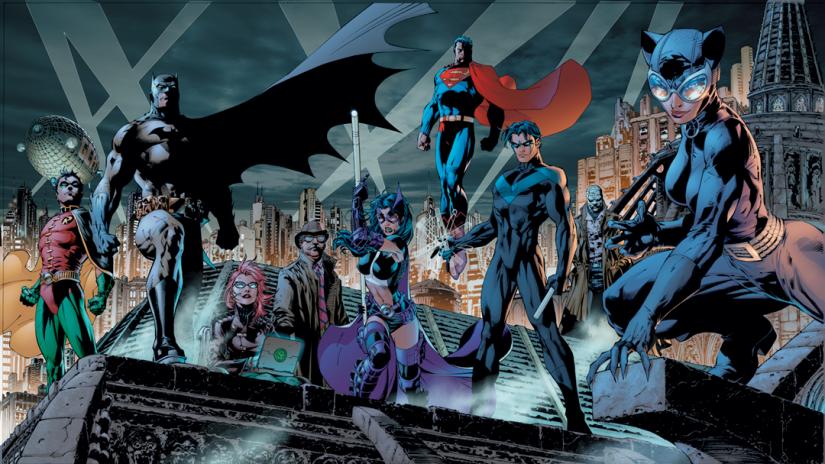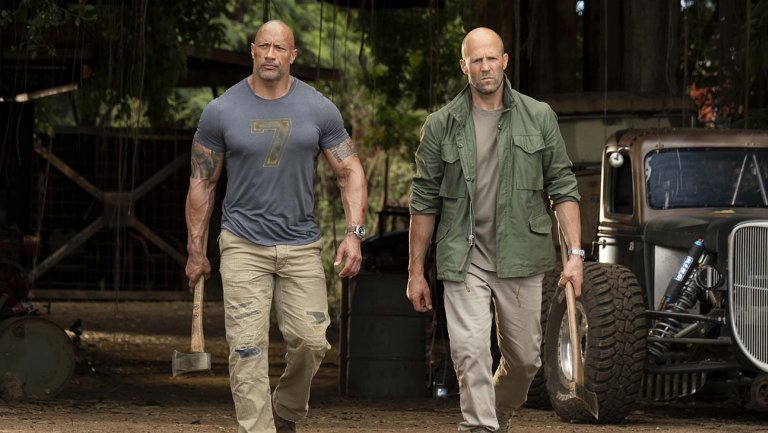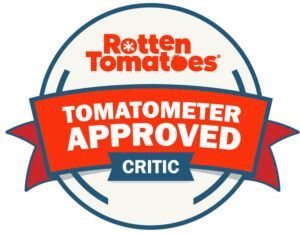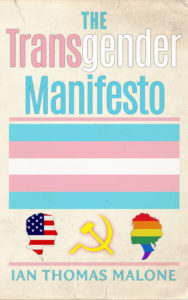Powered By Strong Lead Performances, Hustlers Is a Delightful, Thought-Provoking Thriller
Written by Ian Thomas Malone, Posted in Movie Reviews, Pop Culture
The 2008 financial meltdown affected practically every industry in America. Millions of people saw their livelihoods affected with little recourse from the government, which reserved its bailouts for the same sectors that caused the mess in the first place. No one went to jail for all this carnage.
Hustlers is a film that depicts an industry that rarely saw any attention through this fiasco. Nightclubs rely on wealthy patrons to keep the drinks flowing, the DJs spinning, and the girls dancing. Without the stream of bills flowing from the businessmen to the dancers, a lot of women found themselves in desperate circumstances, forced to accept subprime working conditions just to squeak out a living.
Dorothy/Destiny (Constance Wu) is a girl with plenty of ambition. She wants a glamorous life, a sense of self-reliance, and the ability to provide for her elderly grandmother who raised her. She struggles to navigate the world of the strip club to find the ever-elusive high rollers, the kind of patrons with the ability to give the women plenty of financial security for themselves.
Dorothy finds a mentor in Romona (Jessica Lopez), a talented dancer with a deep Rolodex. The two form a kind of mother/daughter relationship, with a genuine bond that proves vital when their world comes crashing down in the wake of the 2008 crisis. Dancing ceased to become all about the fantasy, with customers demanding sexual lines be crossed.
With the rules of engagement redefined, Romona and Dorothy take their destinies into their own hands, establishing a routine to drug wealthy men and con thousands of dollars from them under the guise of a wild night out. The world of strip clubs provides a bit of cover, with many of their marks too embarrassed to go to the police about what had happened. The lines of right and wrong are blurred in a world where the victims aren’t particularly sympathetic, the same kinds of selfish executives who brought down the financial sector in the first place.
Though Hustlers possesses a strong ensemble cast, Jessica Lopez completely captivates as Romona. She’s a three-dimensional character with complex flaws, which Lopez thoroughly explores over the course of the film’s two-hour runtime. Lopez has a keen ability to draw the spotlight, but also to direct it toward her co-stars, most of whom get their own chance to shine.
Wu’s Dorothy is a similarly complex character, whose emotions about their con are shown in a different fashion than Romona. Hustlers frequently bounces around in time, dedicating a portion of the narrative to an interview of Dorothy by a journalist named Elizabeth (Julia Stiles), who is writing about the story after the key players had all been busted. Dorothy and Romona share familial bonds, but the film allows the two actresses the latitude to color outside the lines of what the audience might expect from their dynamic. Strands of The Great Gatsby and Goodfellas are present in their relationship, but Hustlers is committed to plotting its own course.
The greatest strength of Hustlers is the film’s ability to analyze morality without drawing conclusions. What Romona and Dorothy did was bad. Their motives cannot be adequately attributed to notions of survival or providing for their families. The sheer selfishness on display is never mitigated by any other factor.
Film is full of anti-heroes whose actions are remembered alongside the feelings their deeds evoked. Hustlers never excuses the actions of its characters, while giving the audience the freedom to choose where to lend their sympathies. Director and writer Lorene Scafaria has crafted an excellent film bound to inspire discussions of morality for years to come.







